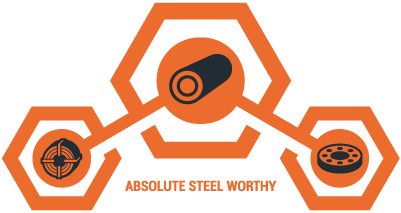CATEGORIZATION OF CARBON STEEL
Carbon steel can be categorized depending on the chemical composition and the characteristics of the product. Plain carbon steel is free from alloys and can be described in these categories:
- Low carbon steel has a 0.04–0.3% carbon content and is the most common grade of carbon steel. It is ductile, highly formable, and can be used for automobile body parts, plate, and wire products. At the higher end of the low carbon content range, and with the addition of manganese up to 1.5%, mechanical properties are changed to become suitable for stampings, forgings, seamless tubes, and boiler plates.
- Medium carbon steel has a carbon range from 0.31–0.6% and a manganese range from 0.6–1.65%. This steel can be heat treated and quenched to further adjust the microstructure and mechanical properties. Popular applications include shafts, axles, gears, rails, and railway wheels.
- High carbon steel contains carbon in the range 0.6–1% with a 0.3–0.9% manganese content. Properties of high carbon steels make it suitable for use as springs and high-strength wires. These products cannot be welded unless a detailed program of heat treatment is included in the welding procedure.
- Ultra-high carbon steels contain between 1.25–2% carbon and are known as experimental alloys. Tempering can produce a steel with a great hardness level, which is useful for applications like knives, axles, or punches.
